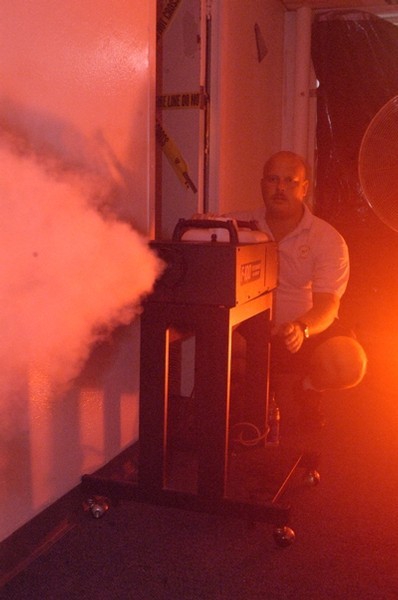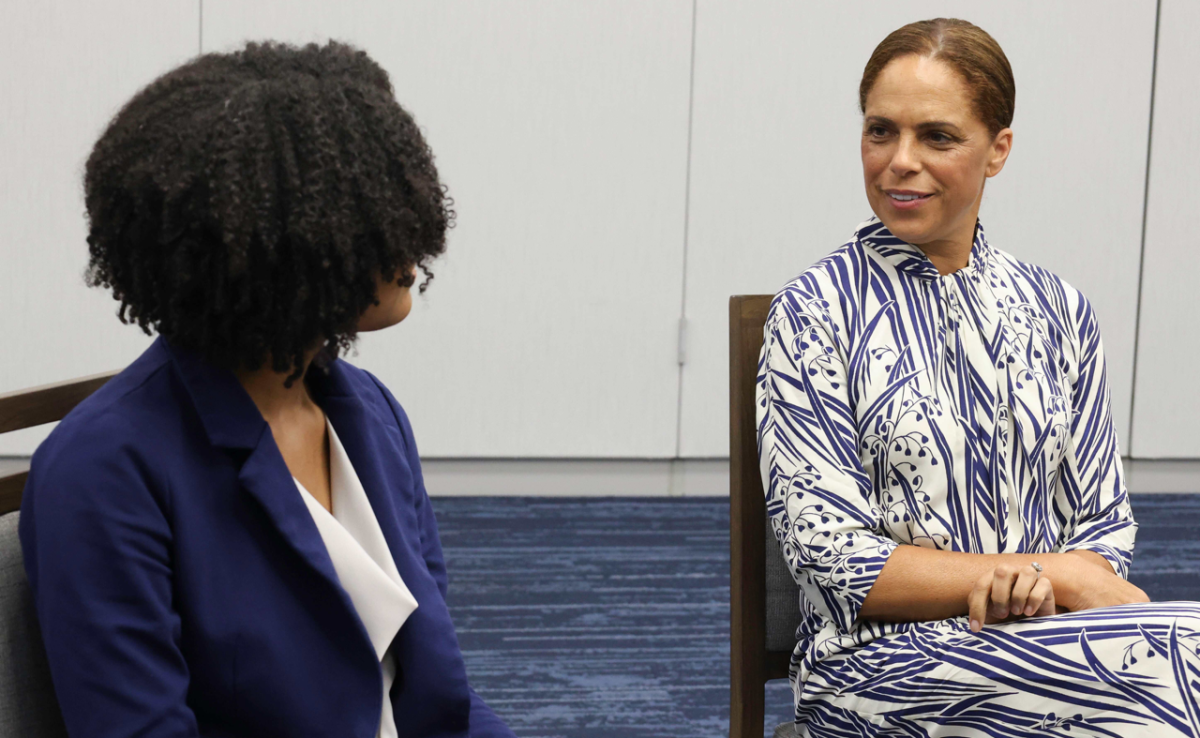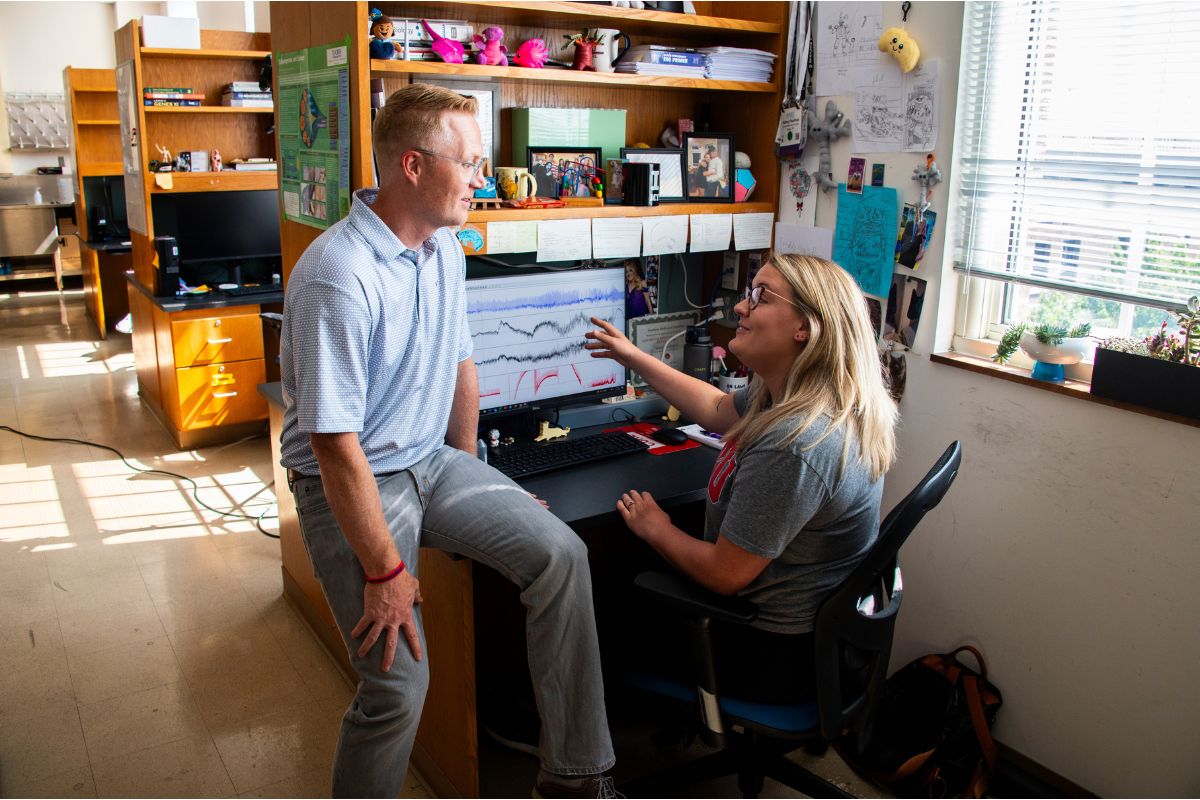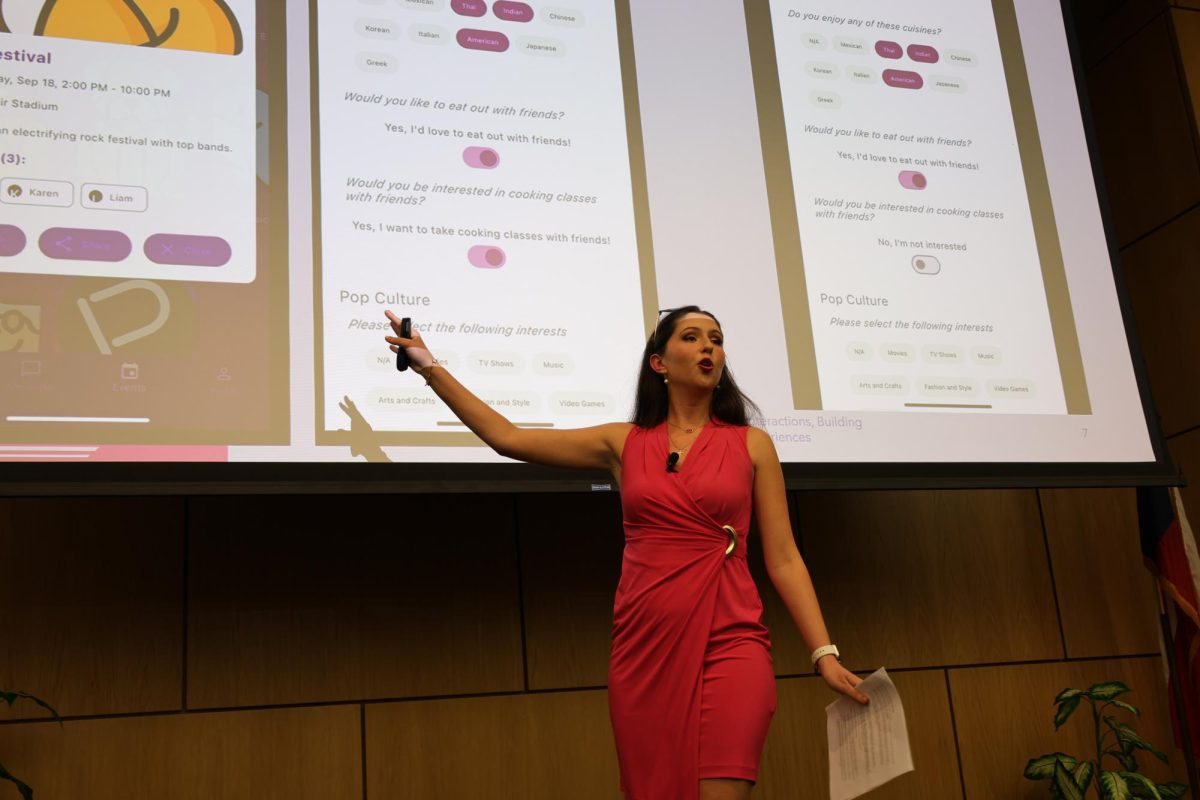
Students see the light at The Great Escape
Imagine being in a room with two other people. Suddenly thelights cut off and smoke obliterates your ability to see anythingaround you. The noise of people shouting “Get down!”fills the air as you fumble around in complete darkness, trying toescape. You go back the way you came but a fiery glow emanates fromthe stairs, so you follow the general swirling movement ofanonymous bodyparts. Sweating and still unable to see, you stand upto obtain a better view of the action around you and feel yourselfget slapped with a “Jr. Fire Fighter University Park”badge sticker, indicating that in the case of a real fire you wouldhave died.
The Great Escape, a fire safety program put on by Resident Lifeand Student Housing, Risk Management and the University Park firedepartment, has been teaching students for the past three yearsabout what to do in case of a fire.
University Park Fire Marshal Carl McMurphy has been involvedwith the program since its inception in 2001. “It’s avery time consuming event, but if it saves one life then it’swell worth the work,” he said.
This year, 11 University Park firemen and 17 recruits from TexasA&M-Commerce participated in The Great Escape. The firemen andrecruits taped plastic bags over all the windows of Letterman Hall,creating a realistic night setting to reflect the 50 percent offires that occur between the hours of 7 p.m. and 2 a.m. To completethe illusion of a building on fire, they filled the hallways andstairwells with “club smoke,” a visually-dense soap andchemical mixture normally used at parties.
Groups of up to 40 students were taken and placed into scatteredrooms in the old residence hall, where they waited until the firealarms sounded. They then tried to find their way out of the”burning” building. Students who made mistakes on theirway out had a sticker placed on their backs or shoulders,signifying their death. Some students earned up to seven stickersas they tried to find an exit.
According to McMurphy approximately 65 percent of students thatparticipate “die.”
“The biggest mistake is standing up. That’s whereall the hot smoke will sear their lungs, and they won’t beable to breathe,” McMurphy said. He explained that studnetsalso earned a sticker if they try to backtrack the way the way theycame, walk or crawl into the fire (symbolized by red lights) or ifthey take too long getting out of the building.
UP firemen and A&M recruits used thermal imaging cameras,which can cost up to $10,000, to monitor the progress of thestudents in the hallways. Students who experienced any kind ofanxiety attack or who needed medical attention could stand, raisetheir hands and ask for help. The firemen then guided the studentout of the building.
McMurphy said the minority of students successfully exited thebuilding by examining fire-escape plans posted in their waitingrooms and finding other exits. Since a large majority of students”died” while participating in the event, McMurphy saidhe was sure alsmot no one looked at the alternative exits.
After all the students “escaped”, RLSH staff and UPfiremen explain why so many of the students would not have beenable to survive had that been a real fire.
Many students said they thought they understood what proceduresto follow in case of a fire and were startled by the realism of therecreation. “I thought I knew what I was doing, but I wasvery disoriented,” said senior Farrar Johnson. “It wasso realistic for such an unrealistic set-up.”
Some sorority houses requested that members living in the houseattend The Great Escape. “We are here, as a sorority house,to learn about protecting ourselves during a fire,” saidsenior Kappa Kappa Gamma Catherine Miley. “We have fireescapes and sprinkler systems in the house, but we don’treally know what we’re supposed to do.”

Students see the light at The Great Escape








